Resources
Five Basic Concepts for Teachers New to Data Science
Looking at comprehensive data science standards can feel overwhelming. Pages of concepts, technical terms, and grade-level progressions might make...
Data8
This course will take roughly 15 hours to complete. This UC Berkeley course teaches critical concepts and skills in computer programming and...
Data Science in Indiana Computer Science
Data Science is already embedded in the Indiana Computer Science standards and the core comptencies of graduation requirement course NLPS 4565:...
DS4E Teacher Professional Development
This professional development guide is an 8-module course designed by Data Science for Everyone to provide a comprehensive guide to using the...
Gaise Framework
Standardized framework for K-12 statistical investigation
9-12 Breakout Slidedeck
Please see the secondary breakout session slides from the 2025 Indiana Data Science Summit, demonstrating models of data science state implementation...
K-8 Breakout Slidedeck
The primary breakout session slides from the 2025 Indiana Data Science summit, demonstrating models of data science state implementation and...
Data Science For Everyone Learning Progressions Posters
Use these posters in your classroom to encourage your students to think about data and anchor core data practices.
Summit Main Session Slidedeck
View the slides from the whole group session, including the call to action, common data activity and closing reflection!
Summit Attendee Packet
View the attendee packet from the Data Science summit, featuring session titles, presenter bios and an overview of Data Science.
AI in the Classroom Spotlight: Curriculum Mapping and Lesson Planning
Instructional leaders from the School City of Hammond share how they used AI tools to collaboratively revamp curriculum mapping, support teachers of...
AI in the Classroom Spotlight: High School English - Writing Feedback
Kelly Gant, New Castle Community Schools, will demonstrate how she integrates AI tools like Khanmigo into her writing curriculum to help students...
CSEdWeek
CSEdWeek is an annual call to action to inspire K-12 students to learn computer science, advocate for equity in computer science education, and...
AI is CS: Celebrate CSEdWeek with these Upcoming Opportunities
Join IDOE for a discussion about a variety of upcoming opportunities in the artificial intelligence and computer science spaces. We will present...
Annual Parent Notification Letter
This video explains the process of creating an Annual Parent Notification Letter in IDOE Special Programs.
Individual Learning Plan (ILP) Creation
This video walks through the process of creating and finalizing an Individual Learning Plan (ILP) for identified English learners.
WIDA Assessments
In this video, users will learn how to navigate to the WIDA Assessments profile to view historical information and add WIDA assessment scores.
Home Language Survey (HLS) Profile
In this video, users will learn how to navigate to the Home Language Survey (HLS) profile, complete the required information, and upload the original...
Quick Access Panel (Multilingual Learners)
This video explains the functionality of the Quick Access Panel.
Searching for Students (Multilingual Learners)
This video walks through the Quick Search and Advanced Search features within IDOE Special Programs to locate student profiles.
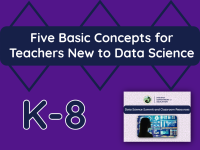
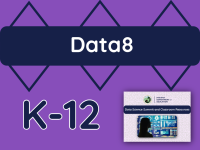
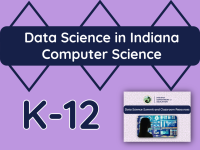
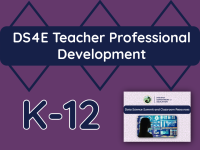
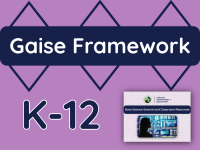
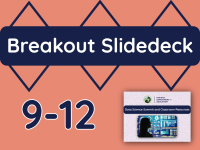
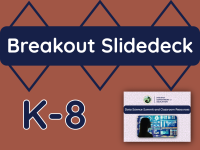






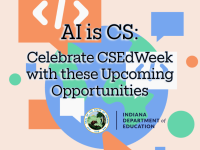
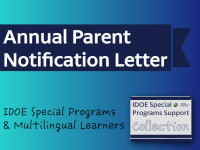
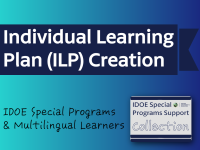
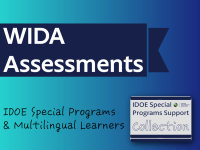
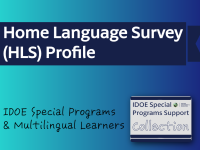
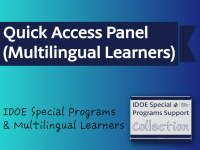
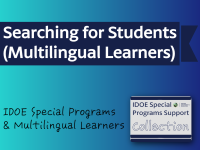

 Login with Google
Login with Google
 Login with IDOE | Identity
Login with IDOE | Identity